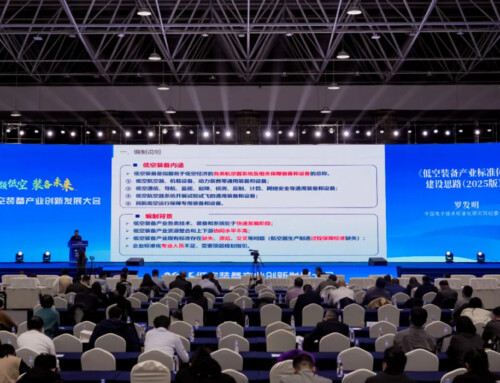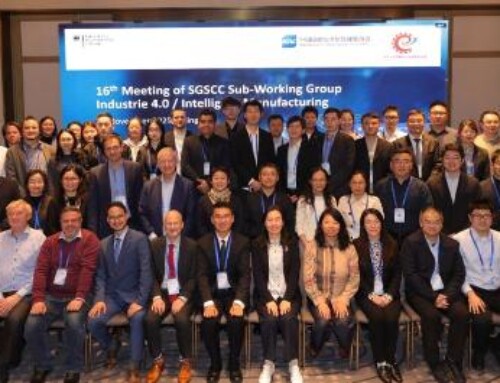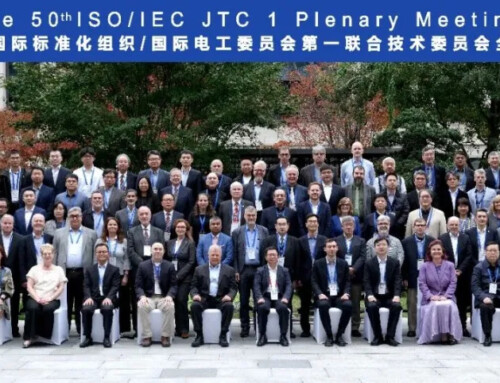On June 21, 2024, the Ministry of Industry and Information Technology (MIIT) rolled out the Automotive Standardization Working Points (2024) (hereinafter referred to as the Working Points). The Working Points encompass five major sections, including the standard systems, standardization in emerging and key areas, generic and safety standards, international standardization, and working mechanism optimization.
Background
The document is part of a series of working documents called “Automotive Standardization Working Points” prepared by MIIT since 2018. In the beginning, the working points were released in two separate documents focusing on two areas, namely the standardization for new energy vehicles and the intelligent connected vehicles respectively. Starting from 2021, the two documents have been integrated into one general Automotive Standardization Work Points, released annually (though the 2023 version is currently missing) to guide the automotive standardization work in that year. Content-wise, the working points in 2021 also expand its scope to the whole automotive-related standardization. In addition, with the release of the National Standardization Development Outline (hereinafter referred to as the Outline), this series of documents started to consider the whole life cycle management of standards, the implementation of standards, as well as interaction with technology, as what required by the Outline. At present, it is the National Technical Committee of Auto Standardization (SAC/TC 114) that takes charge of automotive standardization.
Key takeaways
Standard system. The Working Points put forward the requirement for establishing the standard systems for new-energy vehicles and for carbon reduction in the automotive industry, as well as researching the technical standard systems for the fifteenth five-year plan, and for other emerging areas in the automotive industry, such as the solid battery, batter swap, AI for vehicles, etc.
Compulsory standards. The Working Points specifically highlight the release and implementation of compulsory standards regarding whole vehicle information security, software upgrading, and automated driving data recording systems, together with the formulation of compulsory standards involved with automatic emergency braking systems, combined driver assistance systems, and automotive cryptographic techniques.
Intelligent connected vehicles. Apart from the compulsory national standards stated above and the standards under development, the Working Points also include the requirement for the standards formulation in areas of information security engineering, automatic driving function simulation test methods, software upgrading engineering, data security management systems, automated parking, and terminology for automated driving test scenarios.
New-energy vehicles. The standardization requirements in areas of new-energy vehicles are mainly illustrated from the following five aspects,
- Security of electric vehicles
- Performance of traction batteries
- Technical requirement for key components
- Electricity charging efficiency
- Batter swap
Each aspect entails specific standardization areas. For example, concerning the security of electric vehicles, the Working Points call for revision of standards regarding the comprehensive safety of electric vehicles, traction battery safety requirements, and remote service and management systems for electric vehicles.
Automotive chips. Automotive chips (for electric vehicles) applicable environment and reliability, automotive chip information security standards are required to be formulated. For specific types of standards, relevant technical requirements and testing methods are required to be clarified through standards.
International cooperation. Convergence with the international community is also one of the five priorities of the automotive standardization community in 2024. The work includes adopting global standards, translating of current national standards, engaging in the United Nations’ automotive technical regulations, developing universal automotive standards, and partnering with foreign countries or international organizations.
In a nutshell, the Working Points guide the current or near-future standardization work. The draft is supported by the SAC/TC114 who will follow the rest of the work accordingly. It is helpful for foreign stakeholders to examine the priorities of China’s work in automotive standardization, especially because certain ones are compulsory standards.




